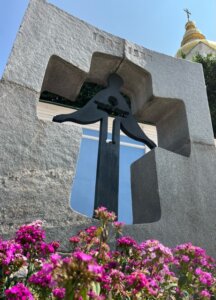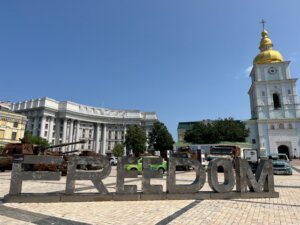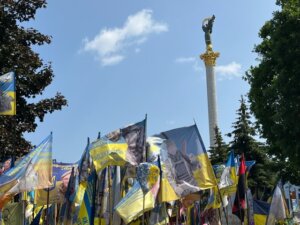We love how one thing leads to another in our life.
Similar to a simple email that arrived in our inbox twenty four years ago, inviting us to crew on a catamaran for four months in the South Pacific, this was a direct message from a new friend telling us the Danish group Biler til Ukraine (Cars for Ukraine) needed drivers for vehicles being donated to Ukraine. Could we make it to Denmark next week? And as with our answer 24 years ago, it only took five minutes to decide. Yes, we were going to leave Ukraine by train and taxi, fly to Denmark, and drive in a caravan of ten vehicles back to Kyiv. Why not?
Here’s how it all went down.
Making new friends through volunteering is relatively easy in Ukraine. Kelly had just driven down to Kyiv with Biler til Ukraine, and we met her while she was visiting Mikael, of DIY-Ukraine, while we were all working on the planters and benches for Kontraktova Square. 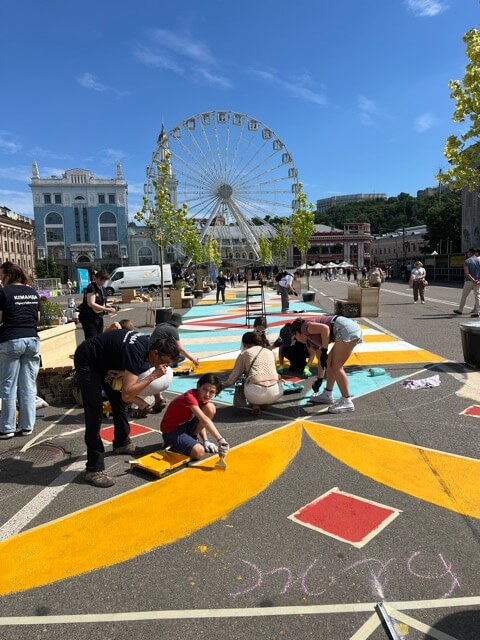 We kept in touch through Facebook and the invitation came a week later. With lots of help from a volunteer who specializes in travel arrangements for drivers, we made the multi-modal trip up to Denmark. Beautiful Denmark.
We kept in touch through Facebook and the invitation came a week later. With lots of help from a volunteer who specializes in travel arrangements for drivers, we made the multi-modal trip up to Denmark. Beautiful Denmark.
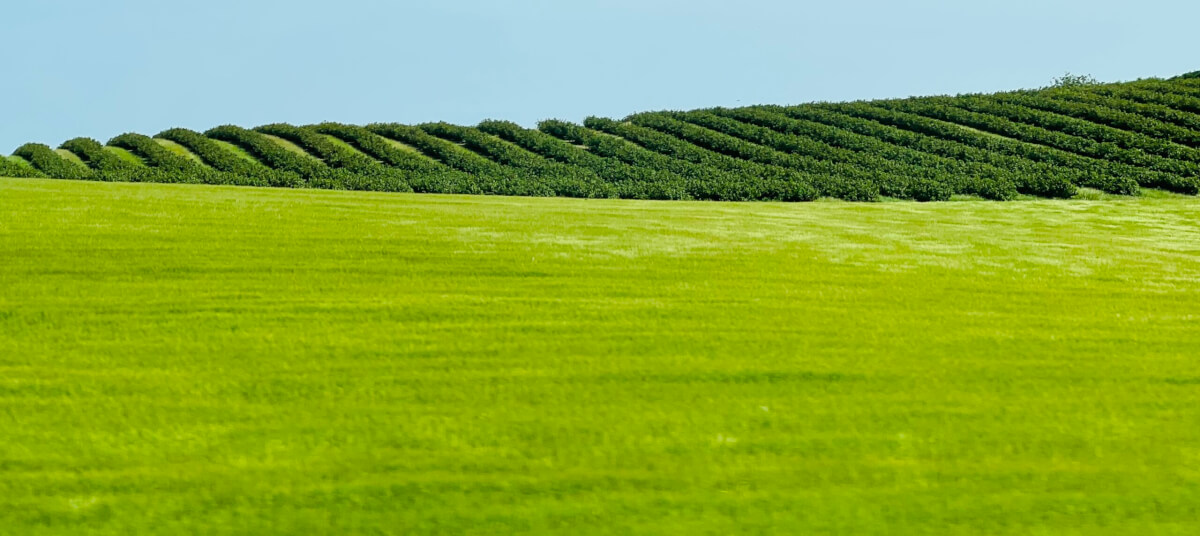
Danish countryside
My jaws hurt from smiling so much, looking at all the forms of bicycle transport, flower boxes everywhere, and smooth, efficient design. With a couple of spare days, we caught up with Kelly in Copenhagen, had an online planning meeting and relaxed a bit.
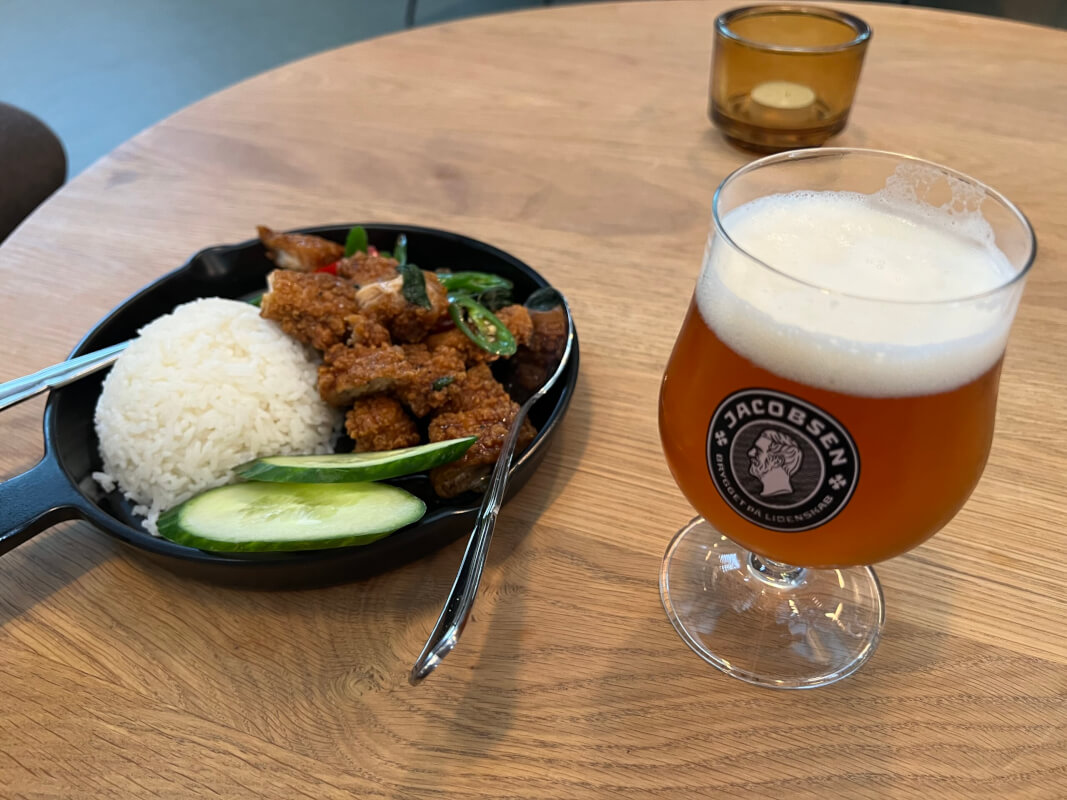
Food!
We took a bus and a ferry to Århus, and the next day, a tram to pick up our vehicle. A Hyundai H1 6 speed diesel with just over 300,000 kilometers on the odometer, whose previous life was in service to a mason. It was still on the lift for an overdue brake job, so we waited an extra two hours for the mechanic, Hassan, to finish.
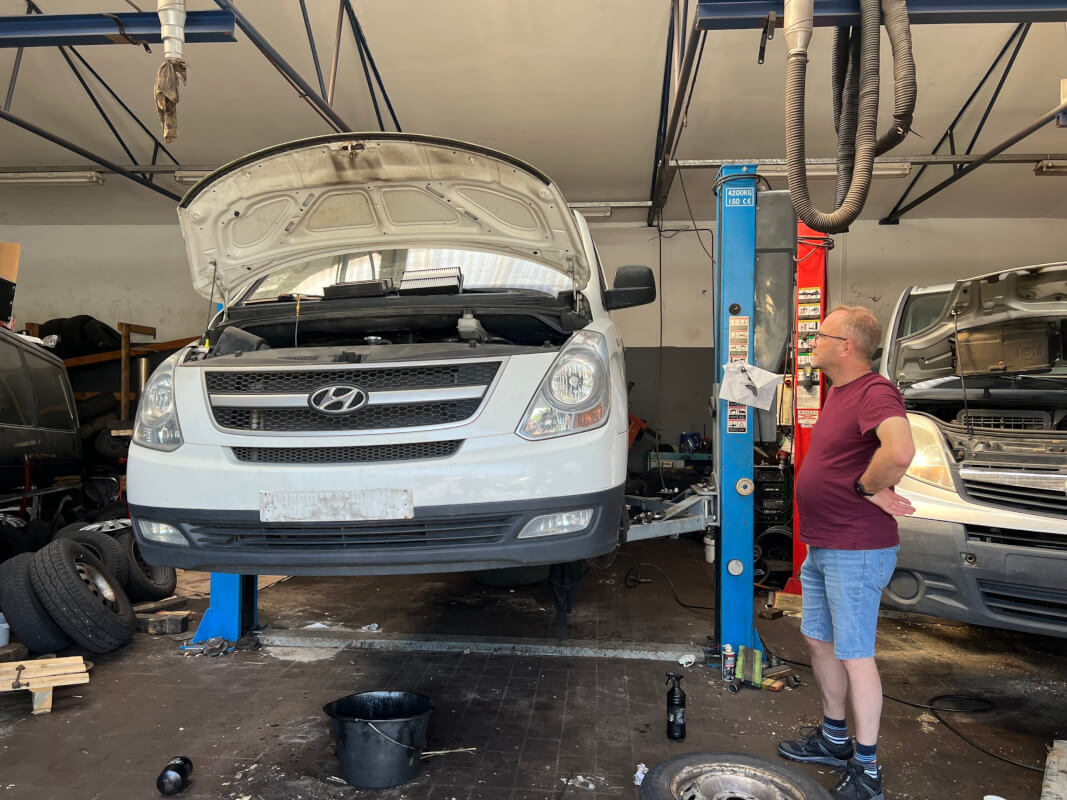
Still on the lift!
The brakes still chuddered, the rear left blinker didn’t work; I smoked the clutch, stalled in a roundabout, and then we were off!
To the Rema warehouse for donated medical supplies. Except by now, it was break time, so we waited. Then, a manager let us in and gave Jesper a quick lesson in driving a forklift.
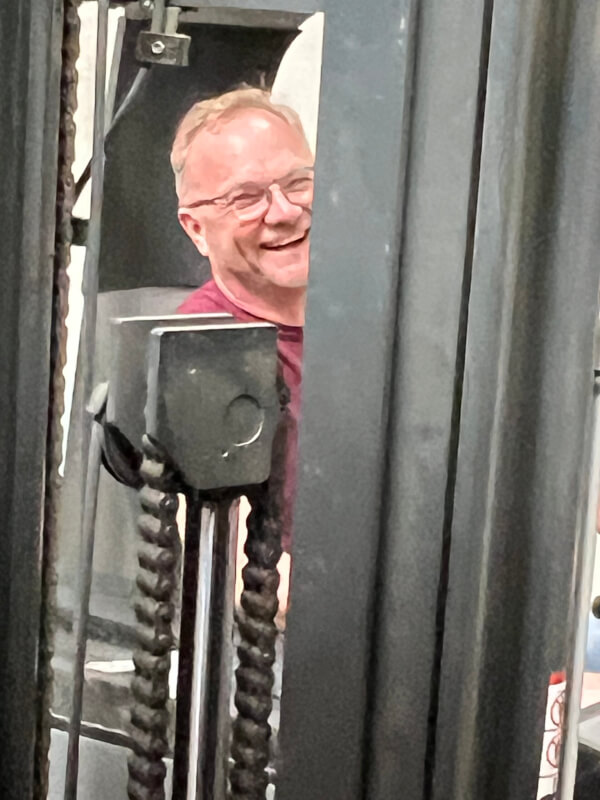
Happy Jesper!
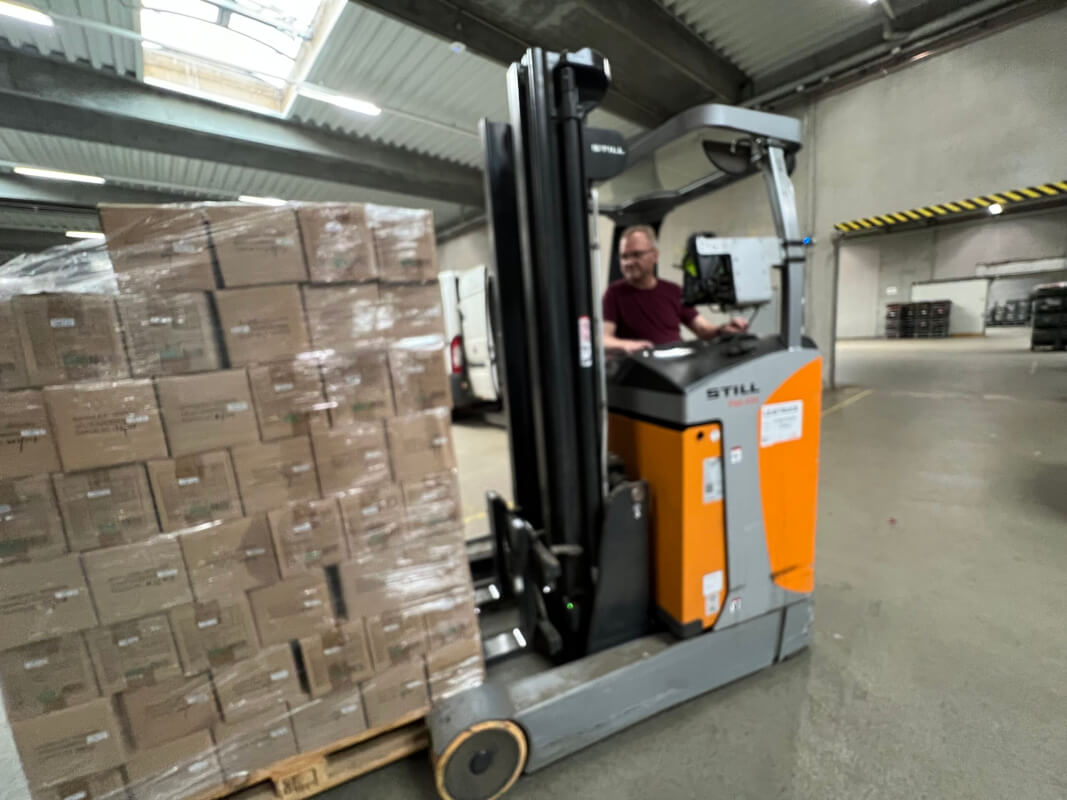
Loading
Each vehicle was loaded with two or three pallets of goods and by then, I had a flat tire. We limped to a fuel station and Jesper to the rescue, discovered our trouble was a faulty compressor. At the next station, I learned how efficient the European air compressors are: they control air both in and out, for the target pressure!
We’re not even to the start of the trip yet, but Bob and I made our way to the hotel for the night, ate a late dinner and were in bed around 11:00.
After a light breakfast and no flat tire, we were ready to roll at 7:30 the next morning. Our smaller caravan of five cars met up with the Copenhagen contingent north of Berlin. I had been anxious about driving Germany’s autobahns, but it really wasn’t hard. Having a caravan and two way radios helped. I was also concerned about the frequency of WC breaks, but that turned out not to be a problem.
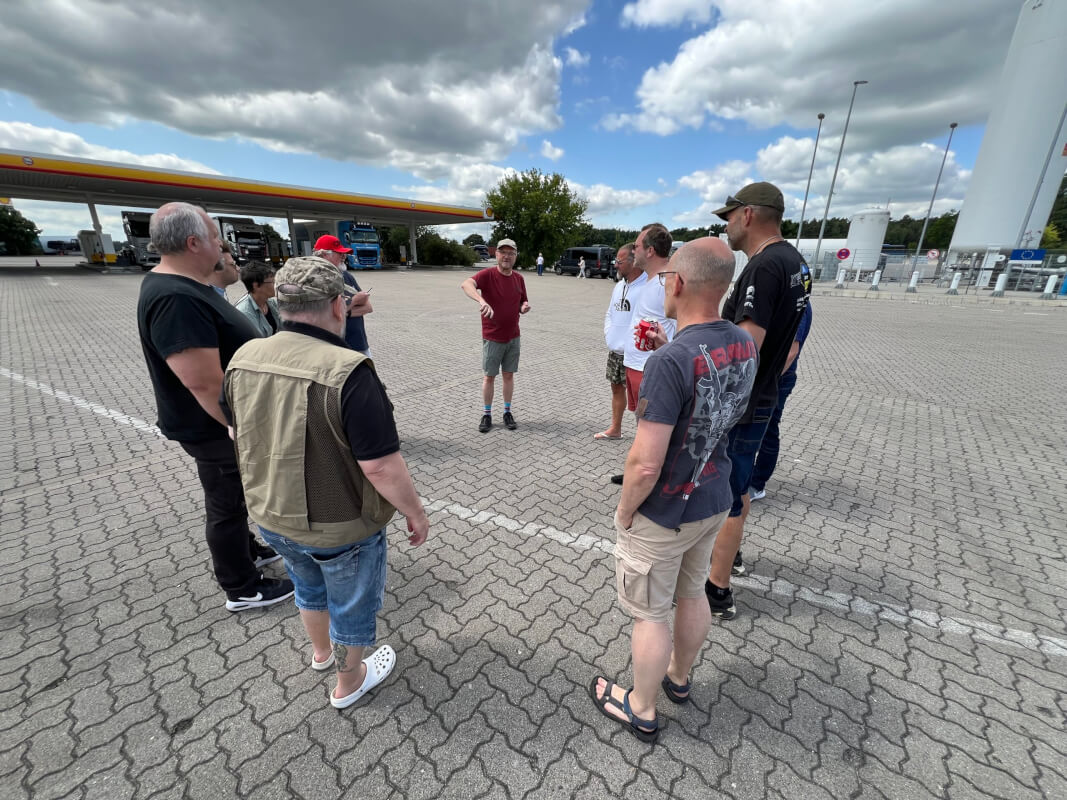
Instructions for the next leg
Our first day of driving was 1341 kilometers, and we arrived at the hotel around 23:00.
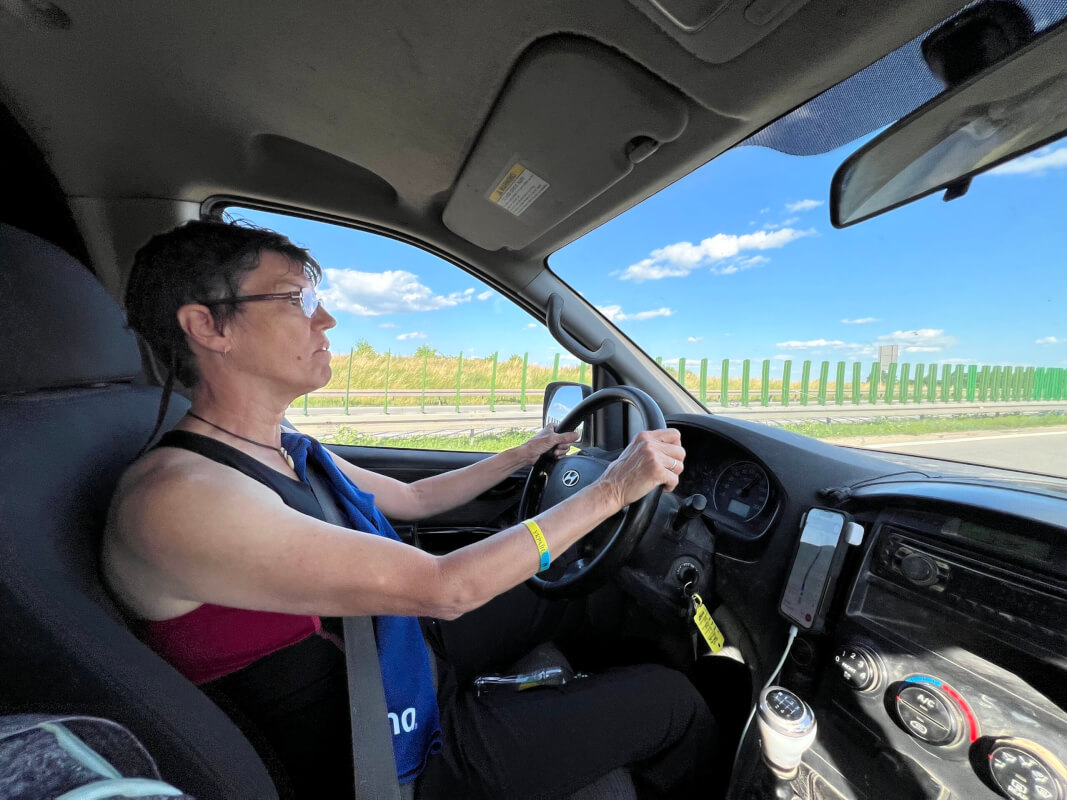
Five hours between breaks!
I learned that a late afternoon coffee was a miracle drug.
We’d had no border crossings yet, and importing vehicles to Ukraine involves a lot of paperwork. Jesper handled all of it beautifully and we sailed through to the gathering point, only to wait for one vehicle snagged in bureaucracy. At the fuel station/gathering point, another group from Ireland was also driving donated vehicles. It was really fun to watch the Danes and the Irish comparing notes, exchanging barbs, and finally, trading sports jerseys!
Sadly, the condition of the roads in Ukraine is comparable to some of our roads in Tucson. Yes, really. So I was fairly comfortable with the fast paced slalom through potholes of a backroad. One car took a direct hit, however so our lineup waited on the roadside as Jesper figured out what was wrong. The translation that came down to us was “the motor dropped out” so that’s what we translated to the cute old men and granny’s walking by. Three of our drivers lucked into a horse cart ride while we chatted (through Google translate) with a babushka about her beautiful milk cow. It turned out the truck’s fuel line had come off, so it was another relatively quick fix and we turned back onto the highway.
Driving in Ukraine felt more dangerous with some speeders taking crazy chances and lots of break downs sometimes blocking traffic. Maybe a war zone does that. Driving into Kyiv after dark was the most challenging part of the drive for me, but we made it to a hotel and we were in bed by 11:30. Our drive today was only 650 kilometers and technically eight hours. Glad to have made the trip in two days with no major breakdowns.
Our final day, delivery day, was really special. It started with us meeting the members of E+, whose would be taking the majority of the vehicles to the front lines in the east.
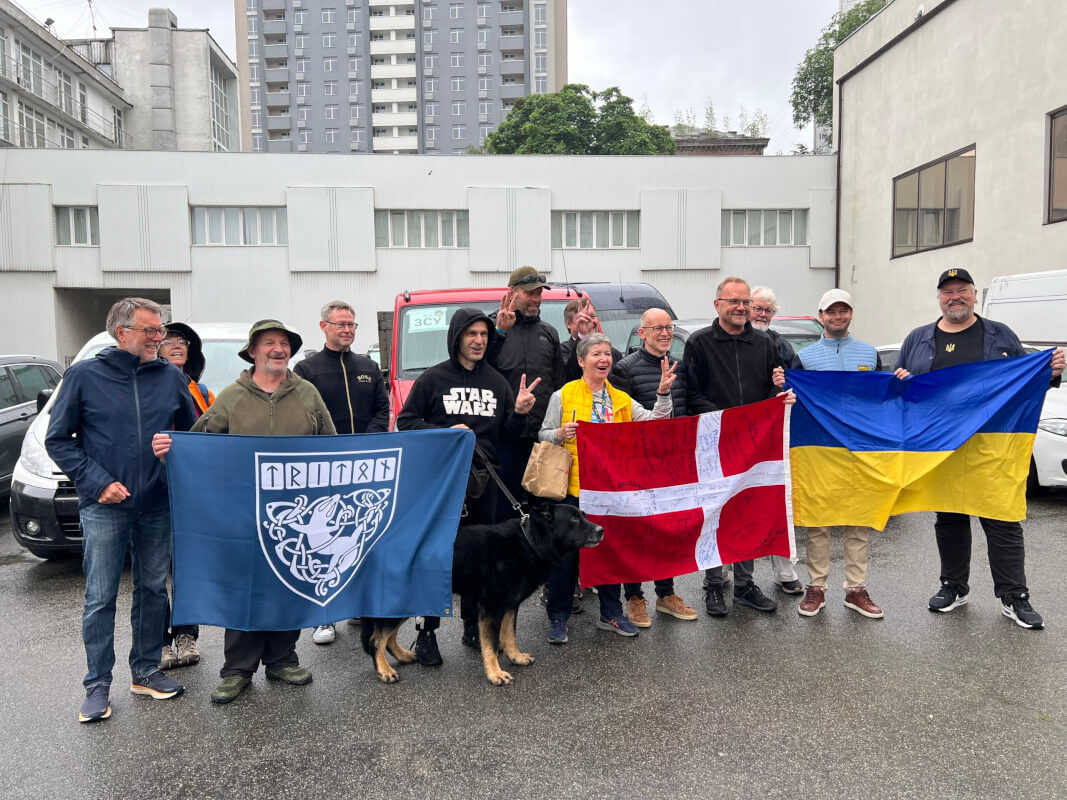
Turning over our vehicles for the next leg to the front
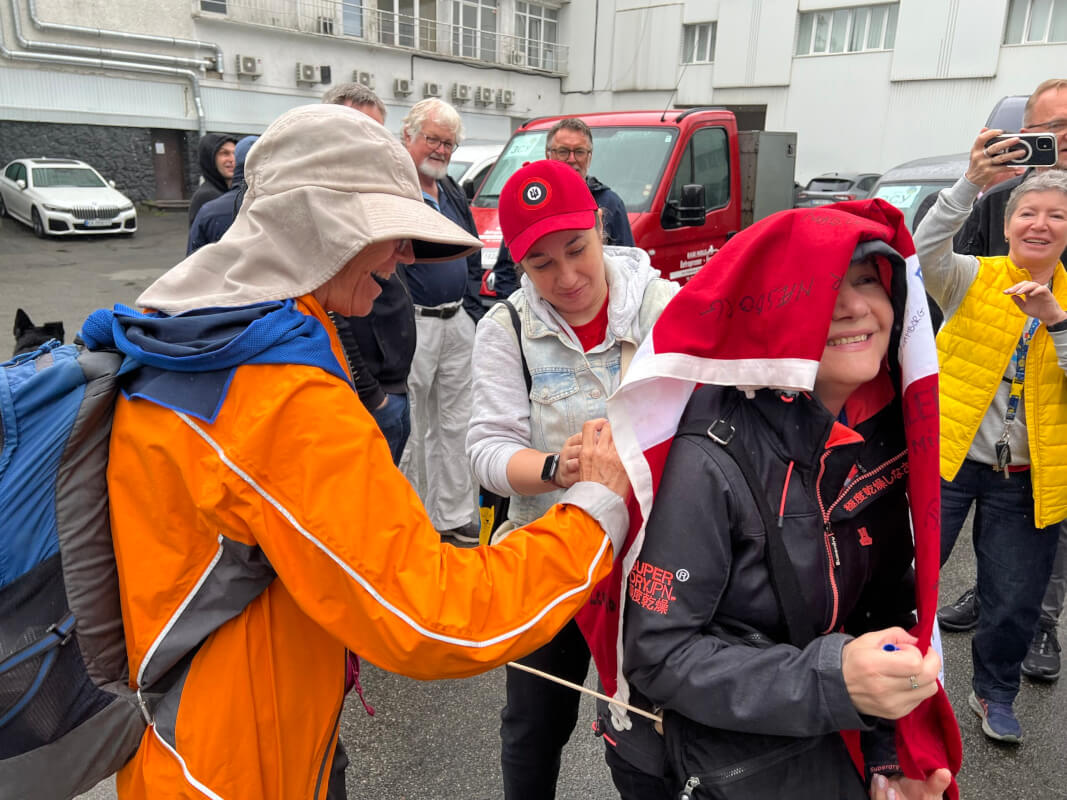
Claire signing the Danish flag
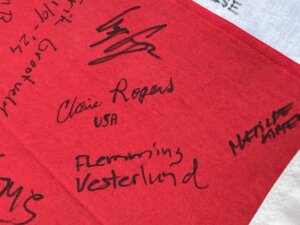
She added USA
We signed our names on a commemorative Danish flag and received two beautifully painted artillery shells. We won’t be able to bring them home, so I’ll keep this photo of them and have passed them back to Jesper.
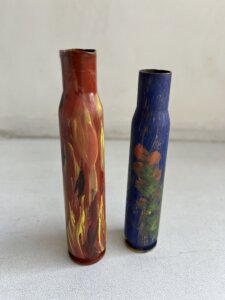
Hand painted artillery shells we won’t be able to keep.
One of the reminders I learned from this is: you have to ask. If you don’t ask, you’ll never get there.













 We kept in touch through Facebook and the invitation came a week later. With lots of help from a volunteer who specializes in travel arrangements for drivers, we made the multi-modal trip up to Denmark. Beautiful Denmark.
We kept in touch through Facebook and the invitation came a week later. With lots of help from a volunteer who specializes in travel arrangements for drivers, we made the multi-modal trip up to Denmark. Beautiful Denmark.










